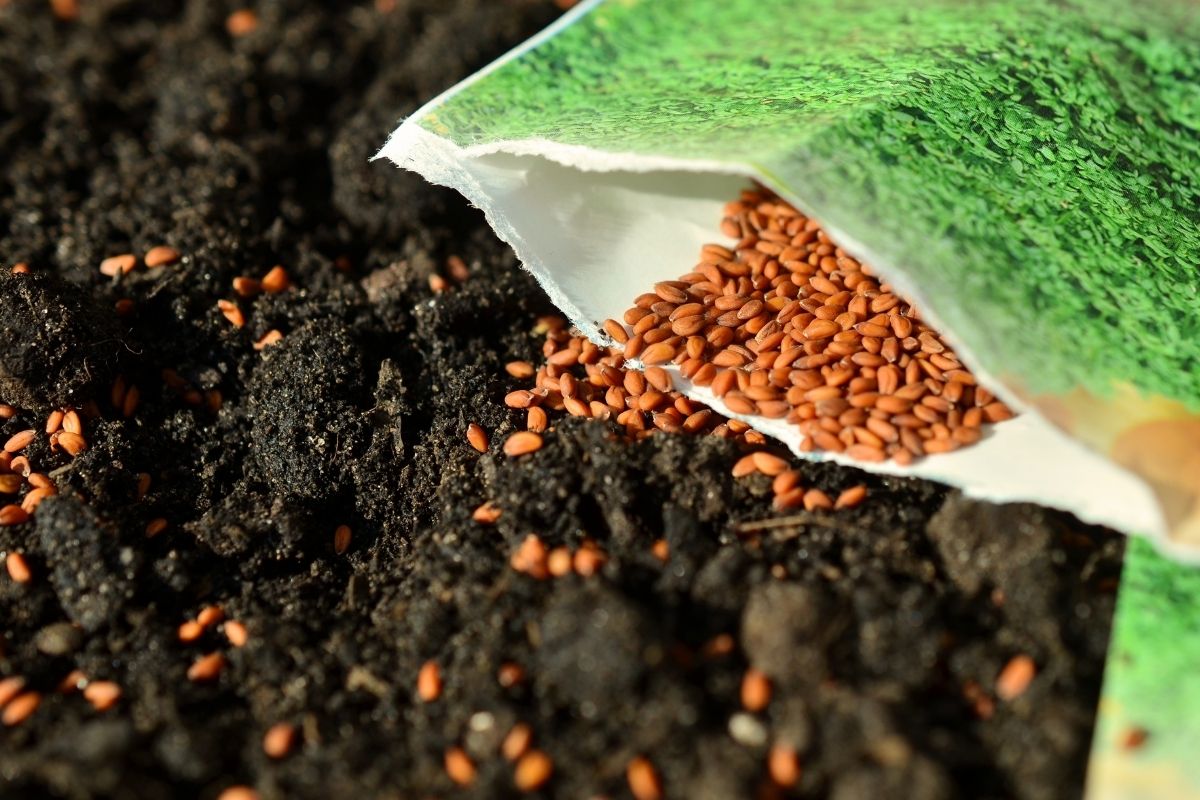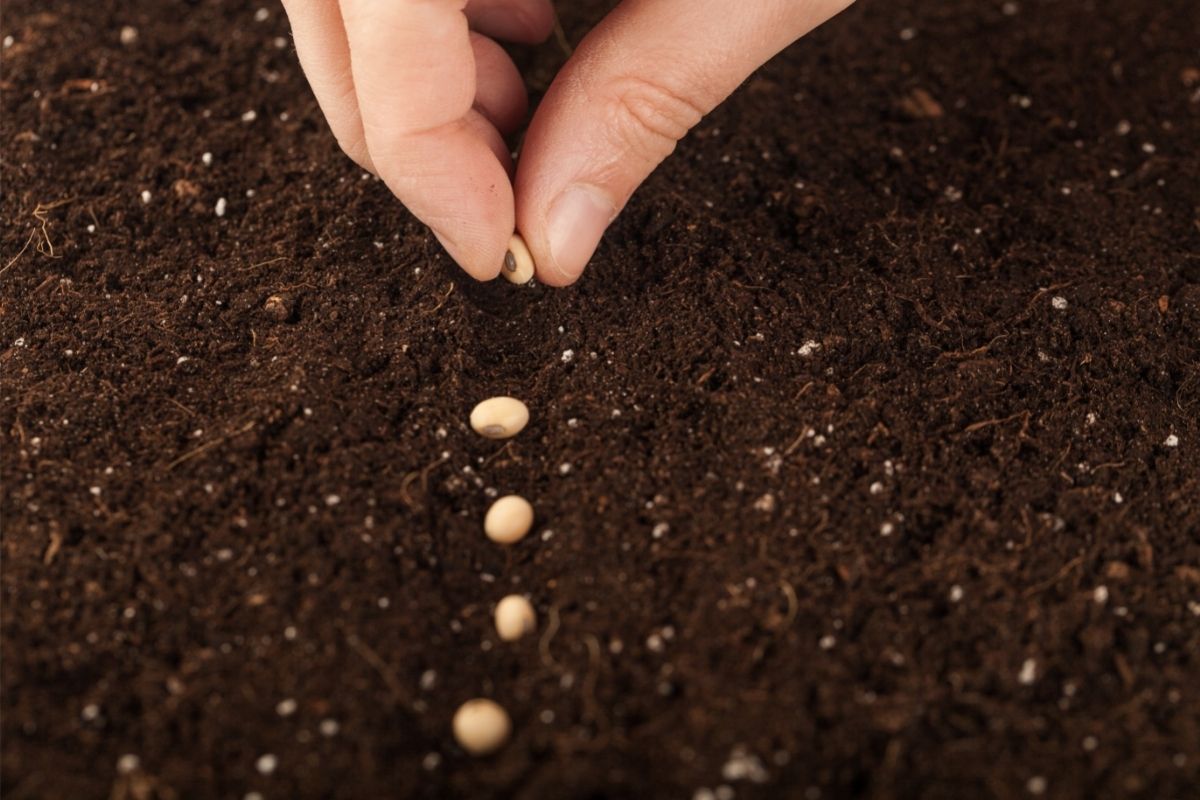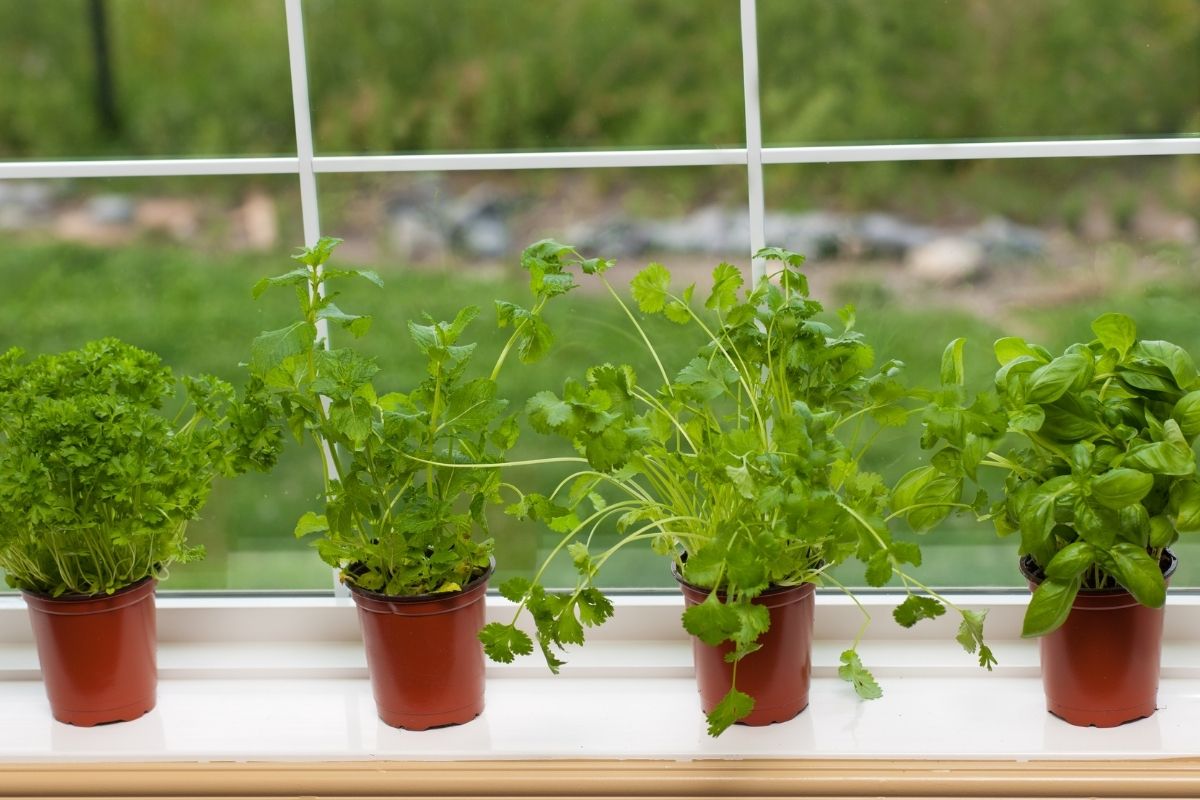When the long winter begins to subside with the frosts melting and the sun returning, every gardener knows it is a race against time. Why do you ask?

Well, spring will only last so long and in order to get that beautiful summer garden that you always wanted you have to begin right away.
No matter who you are, if you live in an area of colder winters, your garden will look a mess thanks to the harsh conditions, which only exacerbates the need to get to work.
This involves weeks of raking, bagging, trimming, watering, planning, and spreading seeds in your garden. Time waits for no man and unfortunately gardeners have to time their seed planting just right.
Too early and the seed will die, too late and the seed may not sprout. The worst part is, you don’t know if you have got it right until they sprout and reward you with a beautiful little plant.
But is there a better way? Maybe knowing how long it takes seeds to germinate will help.
But how long does it take seeds to sprout? In this article, we will take a closer look at seeds and see just how long you need to wait for them to sprout.
What Is A Seed?
First off, we will answer, just what is a seed? Well, a seed is just the offspring of a plant, really. After the mother plant is pollinated and fertilized through the ovule by pollen, the seed begins to grow within the plant itself.
The embryo of the new potential plant develops from the zygote created by this process and the seed coat, or the outer protective layer of the seed, is developed in the integuments of the ovule. The easiest way to think about how a seed works is to compare it to an egg.
The outer layer is hard and protective, but inside is the soft and delicate embryo of the plant itself. Once the seed is produced, it is dispersed by the plant. This can happen in a number of ways.
Some plants grow fruit around their seeds, so animals eat the fruit and the seeds too. The seeds are then excreted elsewhere, with them safe and protected by their coat.
Others have specially developed leaves that when hit by the wind glide away, and others still just drop their seeds on the ground.
Once in contact with the soil or, ideally, underneath it, a seed will wait for the optimal conditions, before germinating and growing into a plant. Again, very much like an egg, the seedling will use the seed itself for nourishment while growing.
How Long Does It Take To Sprout?
Truthfully, how long a seed takes to grow depends on several factors. However, let’s say those factors have been met and nothing is adversely affecting the plant. In these circumstances, it should take between 1 and 2 weeks before you start to see the plant begin to appear above the ground.
For most small plants, this is the standard time it takes for a plant to sprout, but there are a few exceptions that take different times to sprout.
Some vegetable seeds are like this, like radishes, tomatoes, and arugula, which can take as little as 3 to 8 days to begin to sprout. For leafy greens and other leafy vegetables, they normally take up to 2 weeks to begin to sprout, which is about the standard time.
Yet, the larger the vegetable, the longer it will take to sprout. Any vegetable with a big root or tubers will take a considerable amount of time, but should begin sprouting within a month of planting.
If you are worried about your vegetables but still within the time frame, just be patient. They will come. If you are outside of the time frame, maybe check on one of the vegetables you planted to gauge how well the patch is doing. It is better to lose one than all of them.
Factors That Determine Sprouting
Plants are smarter than people give them credit for, they know when it is the right time to germinate and when it is the time to stay safe within the seed until next year.
Plants keep an eye out for the perfect conditions and often won’t budge until they are met, which can be a real hassle for gardeners unless they know what they are looking for.
Temperature
Plants are aware of how cruel the temperature can be and when you can’t move your body, you are at the mercy of the elements more than most. As such, seeds will tend to germinate only in warmer or hot weather, otherwise they will just stay dormant until the temperature changes.
The perfect range that most seeds wait for is between 18 and 24 degrees Celsius. Only some plants will germinate outside these conditions, and they are normally adapted to hotter or colder climates.
Water
Water is the essence of life, and plants need it to be able to grow at the rate they do. If they start sprouting without it, they are doomed to slowly dehydrate and die.
Therefore, it is best to give plants plenty of water when they are still in seed form to encourage them to do this.
If your seeds are outdoors, I suggest caution before doing this. The weather is fickle most of the year and if you water your seeds to encourage them to germinate, only to have the weather change it could spell disaster.
Too much water, and they will begin to rot, too little water, and they will dehydrate. It is a fine line, but one that must be learned in order to grow your plants.
Final Thoughts
In the right conditions, most plants begin to sprout within 1 to 2 weeks of being planted. If you are having trouble wondering why your seeds aren’t sprouting, then think about the conditions they are in.
Is it too hot or cold? Is there too much water or too little? By placing yourself in the position of the plant, you will begin to see what is affecting them and solve it. Once solved, you should have beautiful sprouting seeds in no time.
- Best Hanging Plant For Low Light - September 4, 2023
- Best Indoor Plants Florida - August 28, 2023
- Best Plants For Bathroom Smells - August 21, 2023








